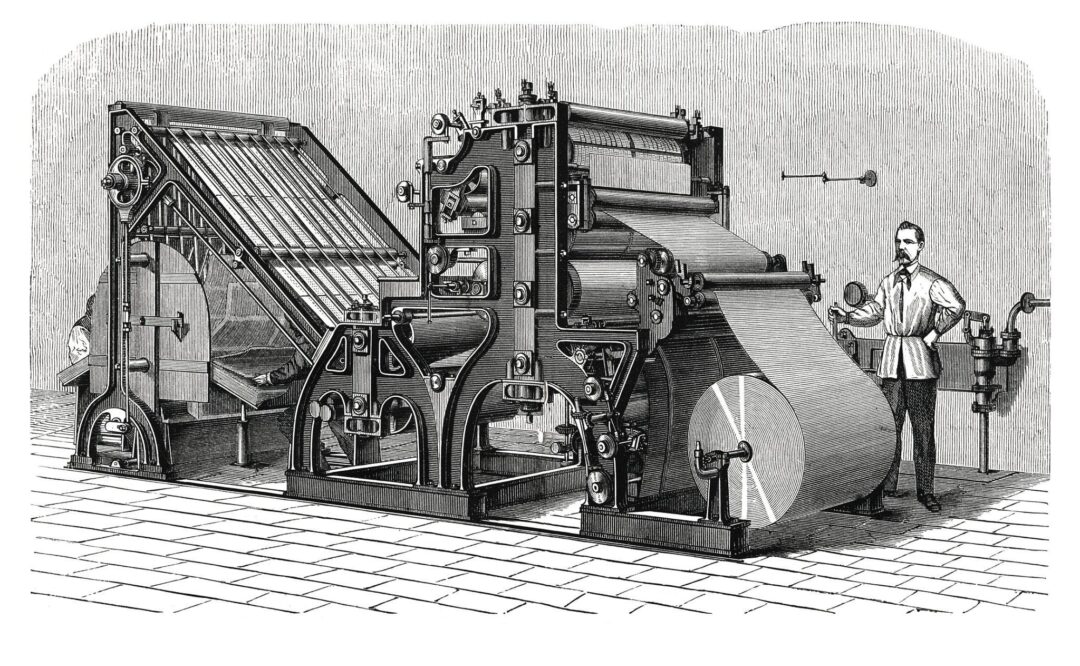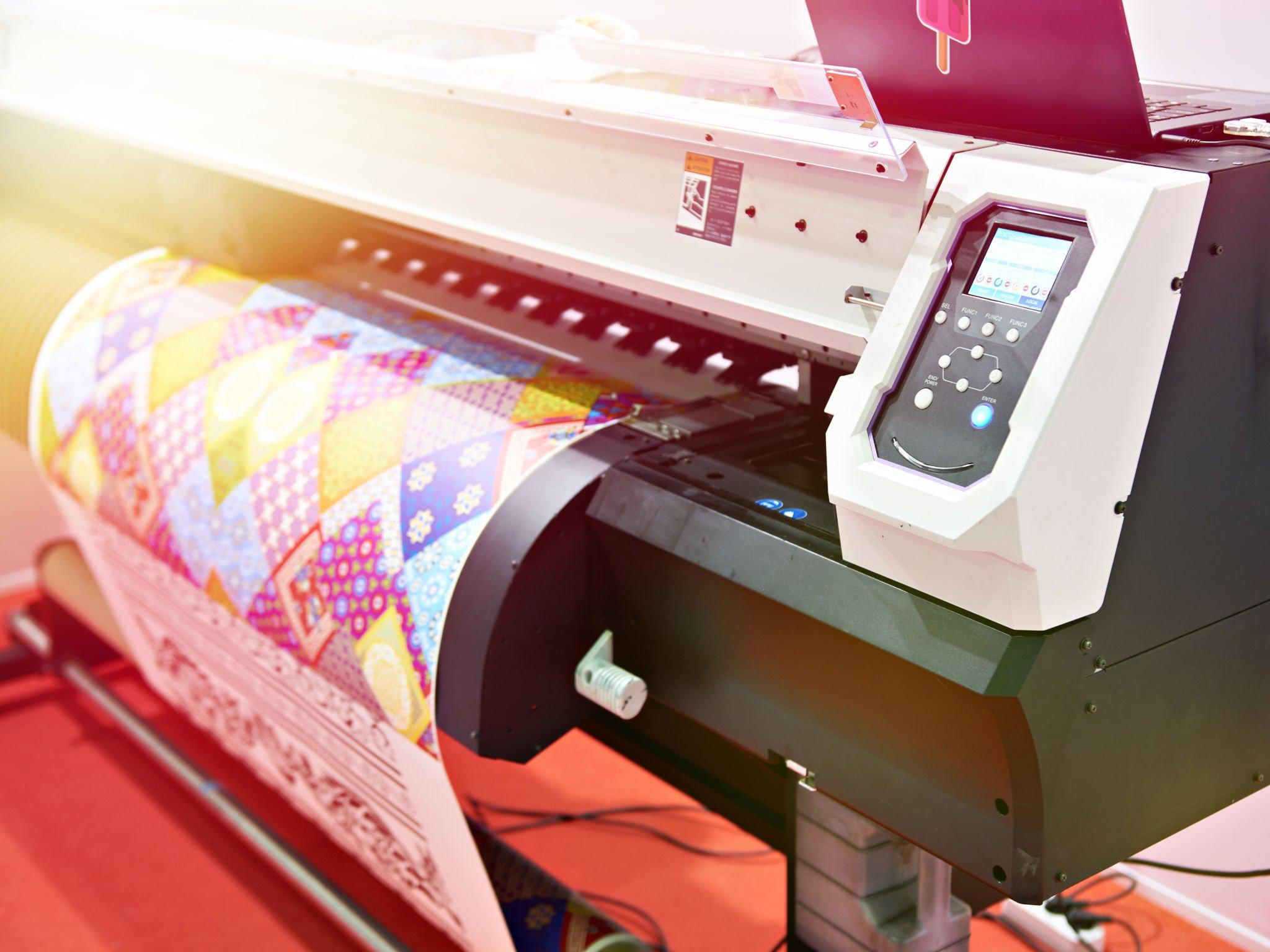Promat Academy
Development of Printing Technologies
The development of printing technologies is one of the most important inventions in human history. Thanks to the printing press, knowledge, culture, art and science reached wider masses and changed the world. The history of printing technologies is a process starting from the Far East to Europe and the Ottoman Empire. In this article, we will briefly summarize the historical development of printing technologies.
The first examples of printing technologies were seen in the Far East. The first printing machine was invented in China in 593 A.D.1. This machine used to print with wooden molds. Later, the printing technique was developed using metal letters. The world’s first movable metal-letter printing press was established in Korea in the 13th century. The Japanese also used wooden molds to print Buddhist texts.
The development of printing technologies in Europe started with Johannes Gutenberg in the 15th century. Gutenberg invented a printing machine that could print by fixing metal letters with a screw system. This machine made mass production possible and enabled books to be printed more cheaply and quickly. The first book printed with Gutenberg’s printing method was the Bible. This book attracted great attention in Europe and contributed to the spread of printing.
In the Ottoman Empire, printing technologies started to be used in the 18th century. The person who brought the first printing press to the Ottoman Empire was İbrahim Müteferrika. Müteferrika printed the first Turkish book in 1727. This book was Katip Çelebi’s Cihannüma. Many scientific and cultural works were later printed in the printing house established by Müteferrika.
Printing technologies have continuously evolved throughout history. Different printing techniques such as offset printing, letterpress printing, screen printing, anagram printing, hologram printing and pad printing have emerged. Today, digital printing technologies are widely used. Printing technologies have contributed to the progress of civilization by facilitating humanity’s access to information.








